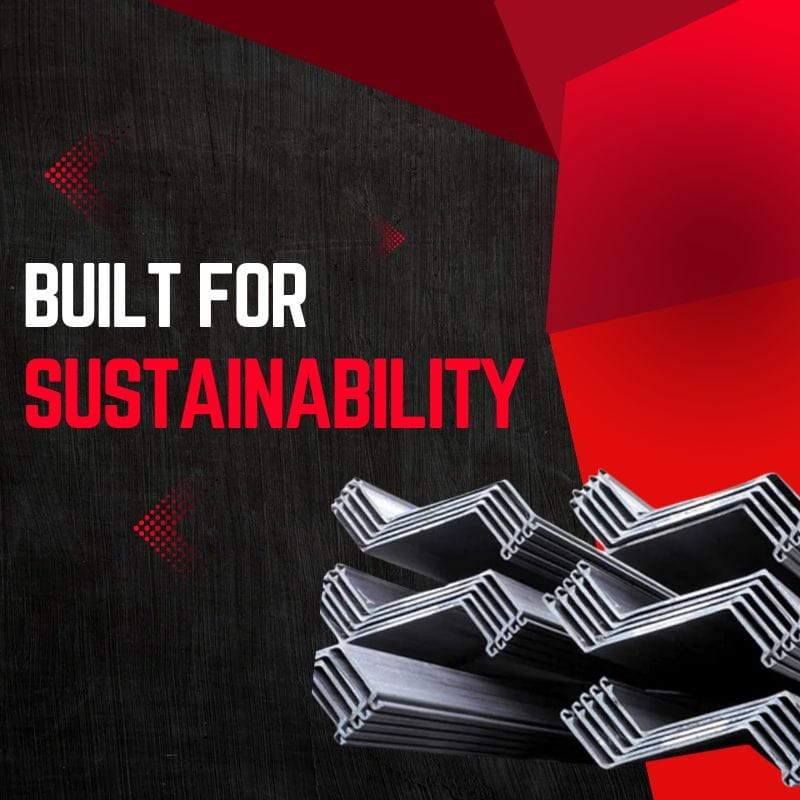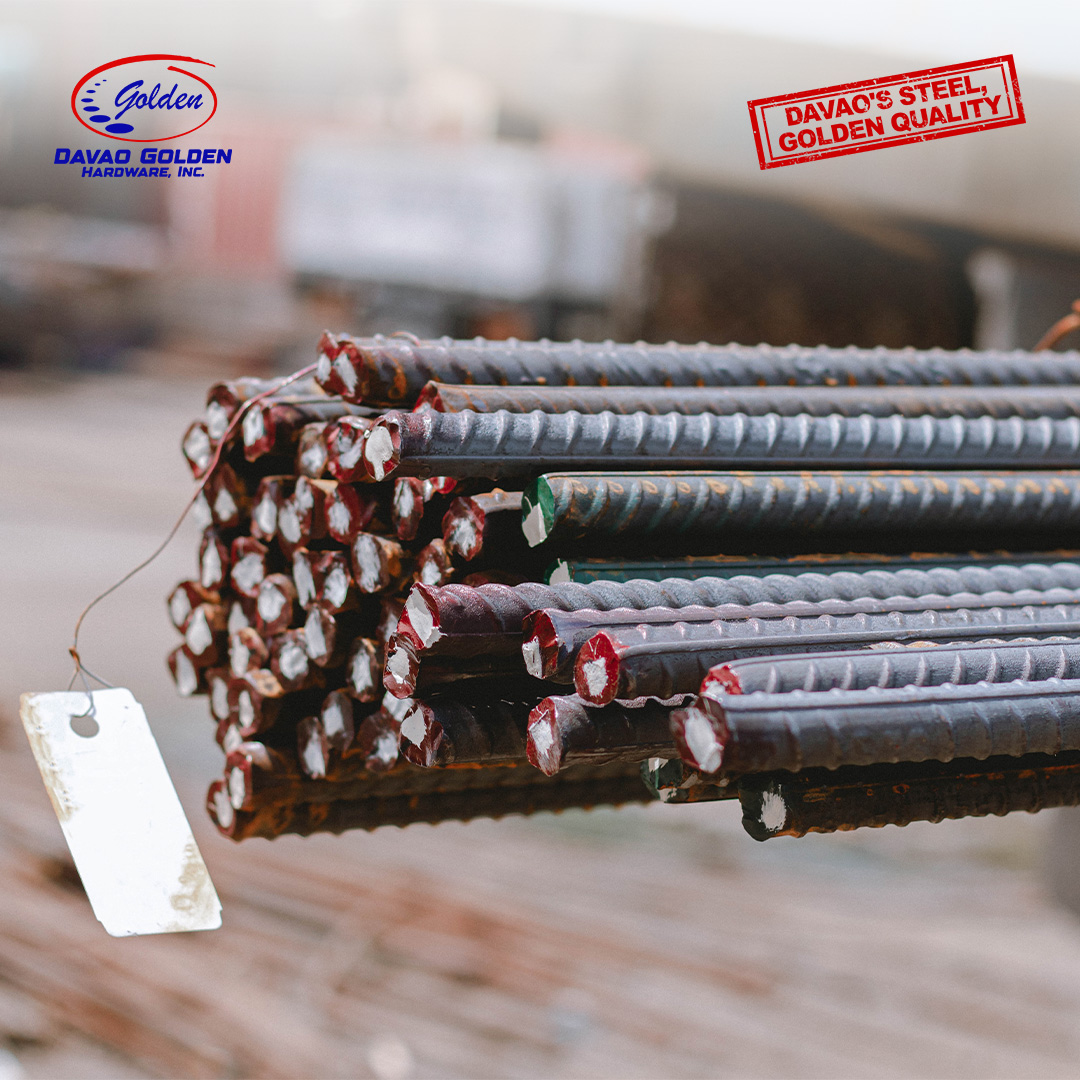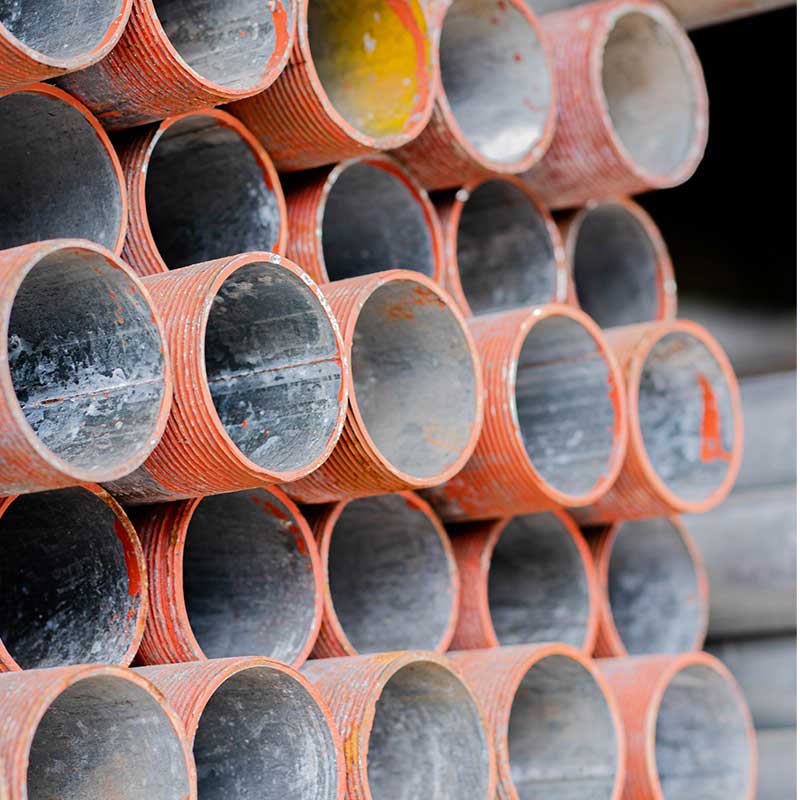
As the construction industry increasingly prioritizes environmental responsibility, choosing sustainable building materials and methods has become essential. MHZ sheet piles stand out for their impressive environmental benefits compared to traditional construction alternatives. This article explores the numerous sustainability advantages that make MHZ sheet piles an environmentally responsible choice for modern construction projects.
Key Environmental Benefits of MHZ Sheet Piles
The Department of Environment and Natural Resources (DENR) emphasizes the importance of sustainable construction practices. MHZ sheet piles contribute to these goals through:
Reduced Carbon Footprint
One of the most significant environmental benefits of MHZ sheet piles is their lower carbon impact throughout their lifecycle:
- Efficient Manufacturing Process: Advanced production techniques minimize energy consumption compared to concrete alternatives
- Reduced Transportation Emissions: Higher strength-to-weight ratio means less material to transport
- Faster Installation: Shortened construction time lowers equipment emissions and site impacts
- Minimal Maintenance Requirements: Fewer maintenance interventions reduce lifetime carbon emissions
Material Efficiency and Resource Conservation
According to the Philippine Green Building Council, material efficiency is crucial for sustainable construction:
- 100% Recyclable Material: Steel sheet piles can be fully recycled at end of life
- Optimized Material Usage: Precise engineering minimizes material requirements
- Extended Service Life: 50+ years typical lifespan reduces replacement needs
- Reuse Potential: Temporary applications allow direct reuse without reprocessing
Ecosystem Protection Advantages
The Environmental Management Bureau highlights several ecosystem benefits:
Soil and Groundwater Protection
MHZ sheet piles offer superior environmental protection capabilities:
- Minimal Soil Disruption: Precision installation reduces excavation needs
- Effective Contaminant Barriers: Excellent containment properties for brownfield sites
- Groundwater Flow Management: Controlled groundwater management with minimal disruption
- Reduced Sedimentation: Less soil disturbance means reduced water turbidity and sedimentation
Habitat Preservation
Construction impact on natural habitats is significantly reduced:
- Smaller Construction Footprint: Less site disruption preserves surrounding ecosystems
- Quieter Installation Options: Vibration methods reduce noise impact on wildlife
- Faster Project Completion: Shortened construction periods minimize wildlife disruption
- Minimal Long-term Disturbance: Reduced maintenance needs mean less ongoing habitat impact
Sustainability Across the Product Lifecycle
A comprehensive assessment of environmental benefits of MHZ sheet piles must consider their entire lifecycle:
Sourcing and Manufacturing
- Steel production increasingly utilizes recycled content
- Modern mills implement energy efficiency measures
- Precise manufacturing minimizes material waste
- Quality control ensures durability and performance
Transportation and Installation
- Higher strength-to-weight ratio reduces transportation emissions
- Efficient installation methods minimize equipment runtime
- Reduced construction time lowers overall site impacts
- Minimal accessory materials required
Use Phase Advantages
- Minimal maintenance requirements reduce ongoing impacts
- Superior durability extends service life
- Excellent performance prevents failure and replacement
- Adaptability to changing conditions reduces modification needs
End-of-Life Environmental Benefits
- Complete recyclability keeps materials in circular economy
- Valuable scrap material incentivizes proper recycling
- Simplified dismantling process compared to alternatives
- Direct reuse potential in temporary applications
Comparison with Traditional Construction Methods
The Philippine Institute of Civil Engineers provides comparative sustainability analysis:
Versus Concrete Alternatives
- Carbon Impact: Concrete production generates significant CO2 emissions
- Water Usage: Concrete requires substantial water throughout production
- Waste Generation: Formwork and excess material create significant waste
- End-of-Life: Concrete recycling is less efficient and often downcycled
Versus Timber Solutions
- Resource Concerns: Timber may come from unsustainable sources
- Treatment Chemicals: Wood treatments can contain environmentally harmful substances
- Durability Limitations: Shorter lifespan increases replacement frequency
- End-of-Life: Treated timber often cannot be recycled or safely reused
LEED and Green Building Certification Contributions
For projects seeking sustainability certification:
Materials and Resources Credits
- Recycled content contribution
- Regional materials (when locally sourced)
- Construction waste management benefits
- Material reuse potential
Sustainable Sites Credits
- Reduced site disturbance
- Stormwater management capabilities
- Brownfield redevelopment potential
- Habitat protection features
Implementation for Maximum Environmental Benefit
To maximize the environmental benefits of MHZ sheet piles:
Design Optimization
- Right-size specifications for the application
- Minimize material usage through efficient design
- Plan for potential future reuse or recycling
- Integrate with other sustainable systems
Sustainable Installation Practices
- Utilize low-impact installation methods
- Optimize equipment usage and efficiency
- Implement proper erosion and sediment controls
- Minimize site disturbance during construction
Conclusion
The environmental benefits of MHZ sheet piles make them an excellent choice for construction projects prioritizing sustainability. From reduced carbon footprint and material efficiency to ecosystem protection and complete recyclability, these modern construction elements align with the growing emphasis on environmentally responsible building practices.
By choosing MHZ sheet piles, construction professionals can significantly reduce their projects’ environmental impact while maintaining superior structural performance and cost-effectiveness – proving that sustainability and practical construction solutions can work hand in hand.




